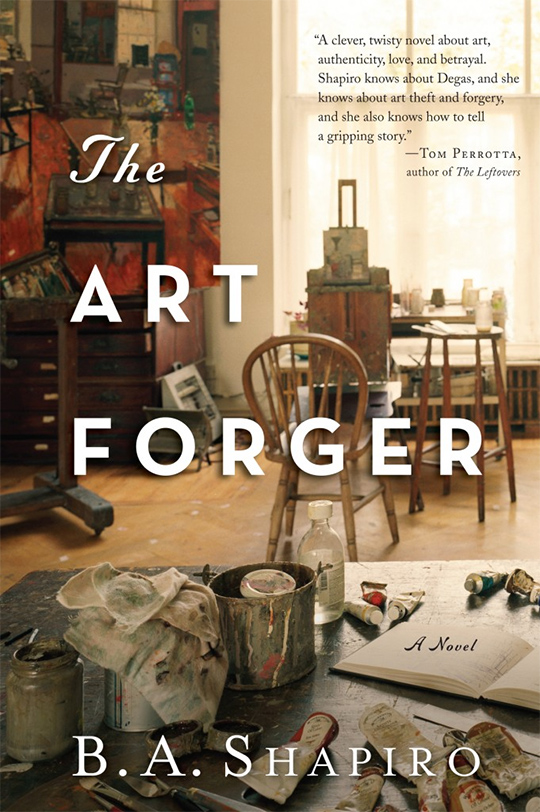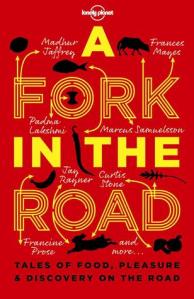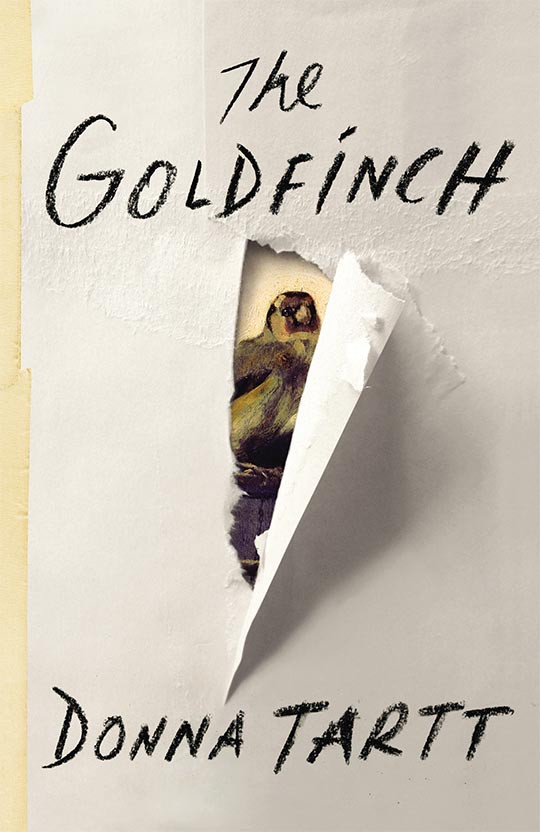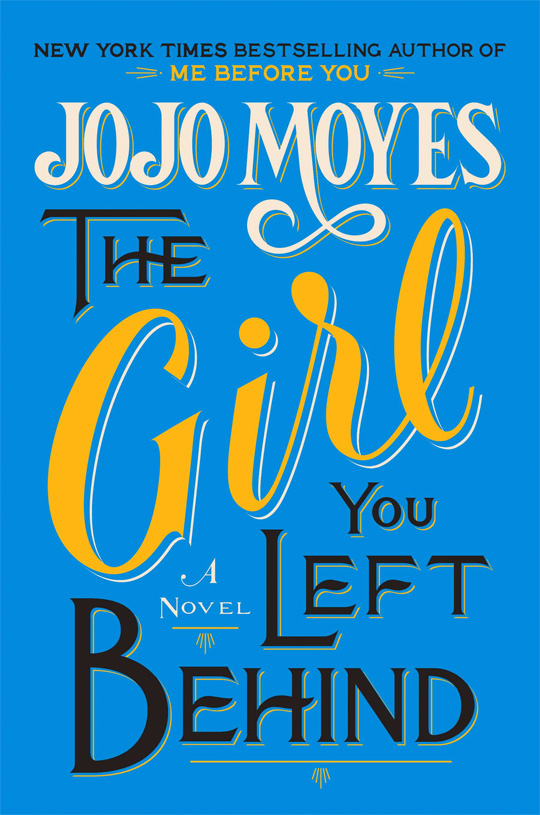It’s no secret by now that I have a thing for mysteries and thrillers. I try not to pick them up too often, because let’s face it, most of the time they’re about as substantial as the latest CSI: Wherever, but I always come back to them like a junkie needing a hit. And besides the Robert Galbraith (aka, JK Rowling) series and the occasional Stephen King, I shy away from the bestsellers like good old J. Patt and John Grisham, even though I’m sure they would be highly addicting and I doubt I’d be able to stop gobbling them up once I started. Which is why I hesitated to read any of Tana French’s Dublin Murder Squad series. I needed a little more substance under the usual fluff of a thriller and didn’t think she’d be able to deliver, despite numerous recommendations from library staff and my own mother-in-law who may be one of the two or three people who read as much as I do.
Well, I was wrong, and I should have picked up these books from the minute they hit the shelves.
The Secret Place follows Detective Stephen Moran who has been biding his time, waiting for his chance to get a foot in the door of Dublin’s Murder Squad—basically the rock stars of the Dublin police. It’s where all the cool kids are, obvi. One morning, sixteen-year-old Holly, daughter of a Murder Squad detective and a witness to one of Moran’s previous cases, brings him a photo showing a boy who was found murdered, a year ago, on the grounds of the girls’ boarding school she attends. It says, “I know who killed him.” The Secret Place, a board where the girls at St. Kilda’s School can pin up their secrets anonymously, is basically your average mix of teenage gossip and mean-girl cruelty, which is why the card stood out and the stalled investigation into the murder of handsome Chris Harper is resumed. Stephen joins forces with the abrasive Detective Antoinette Conway to find out who and why.
In the course of a day, yes the book takes place in one singularly riveting day in basically one or two rooms, everything Moran and Conway uncover leads them to Holly’s close-knit group of friends and their rival clique—and to the tangled web of relationships that bound all the girls to Chris Harper. As the publisher says, “Every step in their direction turns up the pressure. Antoinette Conway is already suspicious of Stephen’s links to the Mackey family. St. Kilda’s will go a long way to keep murder outside their walls. Holly’s father, Detective Frank Mackey, is circling, ready to pounce if any of the new evidence points toward his daughter. And the private underworld of teenage girls can be more mysterious and more dangerous than either of the detectives imagined.”
Gah, right?
I won’t lie, I read this book in a matter of days and by about 300 pages in I was thankful I was on vacation and could read for hours to my heart’s content because I was not putting it down for anything. I loved the boarding school setting — it provides such a neat little bubble of drama and intrigue, especially when you add in the teenagers. I thought French did an immaculate job capturing the attitudes and wild emotions of the girls, especially in dialogue. I could precisely picture and hear their phrasing and tones of voice. For being a novel centered around hours and hours of interrogations, the pacing is lively and the flashbacks to the months before the murder (I loved Ms. French’s repeated turn of phrase: “Chris Harper has three months and six days to live.”) help give the reader insight to the characters and their motives. I’ll admit that I figured out who the murderer was before the detectives, but it was still shocking and satisfying.
Underneath the murder, The Secret Place is a beautiful, if not dark, exploration of friendship and loyalty. The friendship between Holly and her friends was touching and made me (and Detective Moran) nostalgic for those perfect early-teen friendships where you exist in this tightly-knit cocoon and everything you need is right there. Obviously it’s not healthy, nor sustainable, which is why we grow out of them. But it’s nice to look back. One of my favorite parts of the story is when the girls make a pact to simply stop giving a damn about boys or makeup or fitting in because they don’t want to change who they are just to fit someone else’s mold of beauty or their expectations of what they should be. I wish I had known people like this growing up because even as an adult, it was incredibly affirming. I also loved the relationship between the detectives. At first Moran was hesitant to work with Conway because she seemed to be everything he wasn’t. He loves beautiful things and uses his rough, poor past to motivate him to be better and more refined, where she embraces her equally bad upbringing and is abrasive, tough, and has been alienated in the squad. They definitely do not trust each other and neither want the other as a partner…at the beginning. The dynamics shift and though I like that French’s series focuses on different detectives in each book, I’d like to see how they get on together.
All in all, if you like mysteries and thrillers or like novels set in boarding schools (and who doesn’t?), you will love The Secret Place. When I finished I immediately began In the Woods, the first in the series, and it’s fantastic too. I just can’t stop, guys.
Rating: 9, Just shy of perfect (Can’t put it down! Well rounded with exceptional characters and style.)














